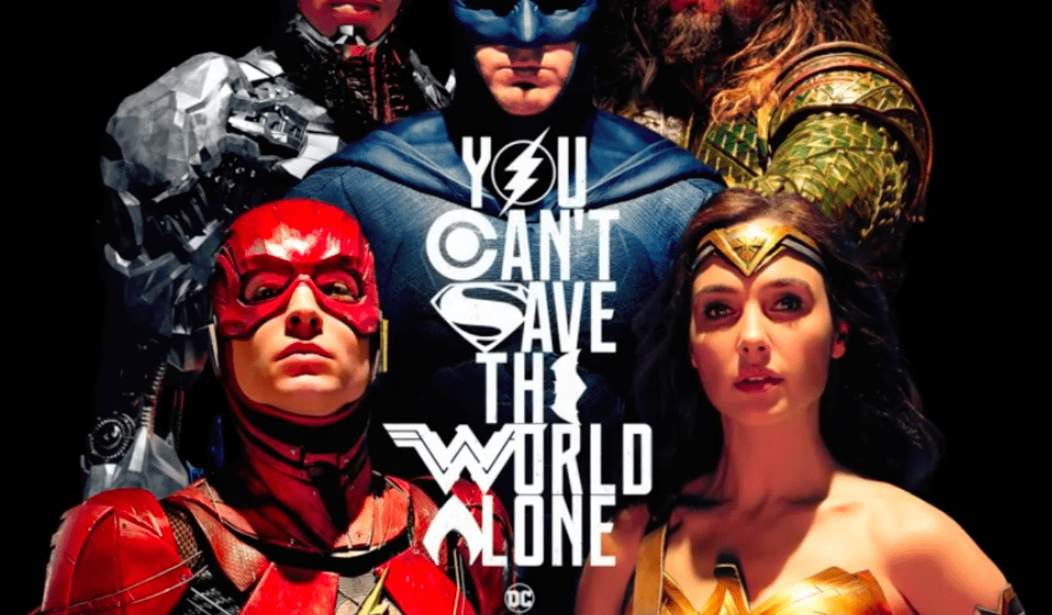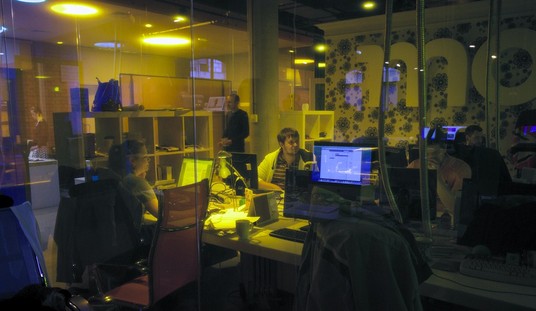DC Comics’ new movie “Justice League” is a thrilling action film, with some good character development and great blockbuster fight scenes. Even so, the film has a gaping hole. It fails to achieve what the Marvel Cinematic Universe (MCU) has done very well — tell a compelling teamwork narrative with various superhero characters.
From “Iron Man” (2008) to “Thor: Ragnarock” (2017), the powerful Marvel Cinematic Universe (MCU) has crushed the new DC Comics offerings, both in box office and in quality. With “Justice League,” DC takes a step toward Marvel’s formula, but the new movie still isn’t as crisp as the Avengers films.
“Justice League” easily outstrips all other recent DC Comics films — with the exception of “Wonder Woman” (2016). Its driving conflict — and its final resolution — is more direct and more believable than “Suicide Squad” (2016) and “Batman v. Superman: Dawn of Justice” (2016), although that isn’t exactly a high bar.
The new movie opens with tremors of a rising evil: the alien Steppenwolf (Ciarán Hinds) has come to destroy humanity and turn the earth into a hellhole. To achieve this, he must unite three boxes containing secret power. Bruce Wayne/Batman (Ben Affleck) must unite earth’s heroes to stop this evil and save the world.
Stellar action, strong dialogue, and hilarious moments between Clark Kent/Superman (Henry Cavill) and Barry Allen/The Flash (Ezra Miller) bring this film to life. Audiences will thoroughly enjoy it, and experience fewer moments of confusion than in most recent DC superhero films. But the real heart of the movie — the “teaming up to save the world” motif — falls short of Marvel’s success, even if it is an improvement over the other DC films.
Marvel has used this formula effectively in quite a few films: “The Avengers” (2012), “Guardians of the Galaxy” (2014), and “Captain America: Civil War” (2016). DC has botched the formula twice: going hilariously awry in “Suicide Squad” (2016) and “Batman v. Superman” (2016).
The formula works best when each character on the team has enough time to breathe on his or or her own, and then comes to a decision to help the group. This is a particularly hard feat to achieve for a superhero film, because Marvel and DC Comics have to adopt a great deal of comic book material and translate long graphic novels into crisp cinema.
“Suicide Squad” failed because no character had enough development (and they just didn’t make sense), and “Batman v. Superman” failed because the film’s plot was too convoluted and hinged on a coincidence — both Bruce Wayne and Clark Kent having mothers with the first name “Martha.”
“Justice League” nearly pulls off the teamwork motif. Both The Flash and Victor Stone/Cyborg (Ray Fisher) have enough time to develop unique and compelling characters. Allen’s fears and Stone’s identity conflict (is he man or machine?) drive a narrative of growth and heroism.
Bruce Wayne and Diana Prince/Wonder Woman (Gal Gadot) also share enough screen time to grow into their roles on the team. Even Wonder Woman, whose spectacular standalone film fleshed out a compelling backstory, still finds room to grow as a character in “Justice League.”
The DC superhero team suffers from two weak links, however. Since Superman appears in the trailer (and his resurrection was teased at the end of “Batman v. Superman”), it isn’t exactly a spoiler to say he comes back and joins the team. Even so, his resurrection proves rather clunky.
Diana Prince issues a powerful warning about using technology without “reason and heart,” but the team uses technology to resurrect Clark Kent anyway. After one scene of a deranged Superman not knowing who he is, the issue is resolved rather too neatly.
A few other scenes, meant to bring out the human character of Clark Kent, feel out of place. One moment teases an emotional climax (the superhero leaving the girl to go save the day), only to be immediately derailed by another family greeting.
If Superman’s character suffers from too much clunky screen time, Arthur Curry/Aquaman (Jason Momoa) suffers from too little development. The audience learns little to nothing about the fascinating Atlantis from which Curry comes, and only sees the hero helping a small fishing village and briefly meeting a fellow Atlantean. Curry showcases amazing abilities, but his motivations remain a mystery.
“Justice League” stuns with eye-popping action from start to finish, and manages to fit in quite a few jokes along the way. It seems DC Comics has learned a thing or two about storytelling from Marvel, but hasn’t quite perfected the superhero teamwork motif to the same degree.
One final note: be sure to say for the credits. There are not one, but two different after-credits scenes, and they are not disappointing. If you have seen the movie already, click “Load More” after the trailer below for an explanation of THAT character.
The second after-credits scene showe Slade Wilson/Deathstroke (Joe Manganiello) speaking with Lex Luthor (Jesse Eisenberg). Deathstroke is a super-villain originally from “Teen Titans,” who has appeared in stories with Batman and Oliver Queen/Green Arrow.
He possesses enhanced strength, speed, agility, and durability thanks to a serum, but he has lost the use of his right eye. Slade Wilson has mastered all sorts of martial arts and guerrilla fighting techniques, and is an extremely formidable opponent.
Luthor suggests “forming a league of our own,” a reference to the Legion of Doom, a group of twelve villains assembled by Lex Luthor. Deathstroke is not usually one of the legion’s members, but there is no reason to suspect the next Justice League films will follow the original Legion of Doom.









Join the conversation as a VIP Member